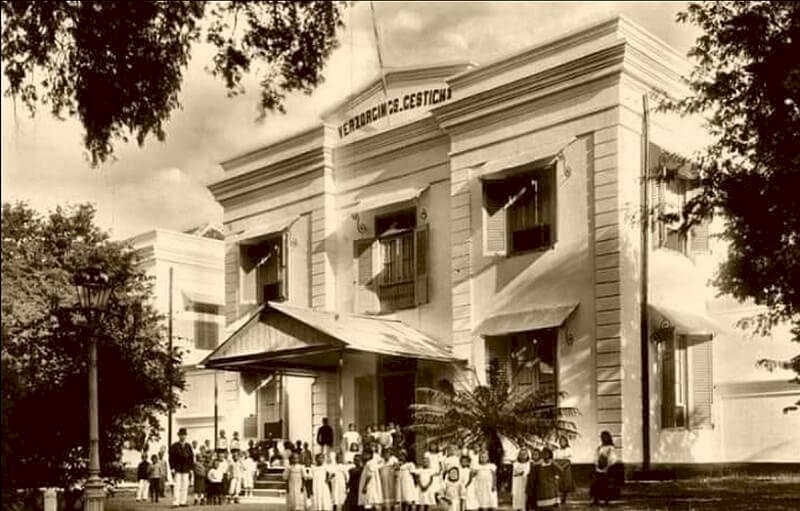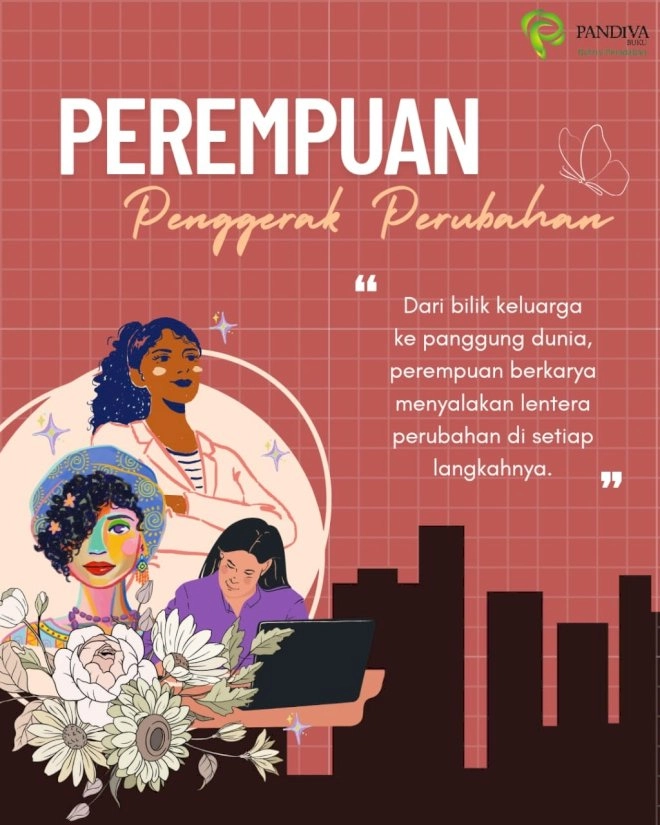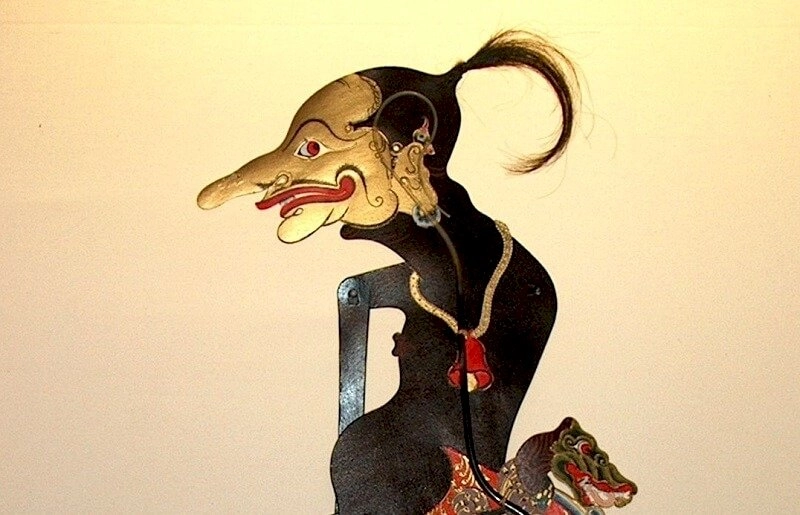

Surakarta, When Traditions and Ideas About the State Embrace Each Other
/ Opini
Nationalist groups do not have a platform in the traditional context, causing a lot of tension in Surakarta since the beginning of the 20th century.
Akhmad Ramdhon
Lecturer of Department of Sociology of Faculty of Social and Political Sciences UNS. Author of Merayakan Negara Mematrikan Tradisi: Narasi Perubahan Kampung-Kota di Surakarta.
Since I was a new student, in 1997, every weekend, I purposely spent time taking a double-decker bus from Palur to Kartasura. I really enjoyed the 1.5-hour trip. What a memorable and interesting experience.
Double-decker bus, or so-called ‘bus tumpuk’, actually connects me from one point to another. The very slow bus speed due to the large engine and structure allowed me to capture many parts of the city.
After a while, the May 1998 incident took place. In Sekarpace, where I live, all roads are on fire. The 1998 Reform Movement became a phenomenal reality, following the 1997 Asian financial crisis.
After that, the 1999 Indonesian legislative elections. It was a monumental experience to see the extraordinary PDI Perjuangan (PDI-P Party) campaign. The city streets flushed red like a sea of people, filled with party sympathizers. The expression of city residents on a nationalist political platform which then identified the city of Solo as ‘Kandang Banteng’ or 'Solo, the Bull Cage'.
The political oration in 1999 became a concrete political reality because it was present at the end of the New Order (Orde Baru), and at the same time, the city's strategic node was 'chosen' at the starting point of the Reformation. The next big momentum was Megawati's defeat when Gus Dur was elected president, and the City Hall was burned.
My routine weekly agenda climbed a pile of buses and then was confronted with a phenomenal reality, of course, it really shocked me. The simple event that I only enjoyed during the weekend turned out to give me the opportunity to photograph everything, and it attracted me to the next stage in my life, which is exploring the city.
Tradition-Based City
The epistemic basis of the city in Surakarta is tradition. Actually, not only Surakarta. In my opinion, almost all cities in Indonesia are like that. The tradition is based on the history of Kartasura to Surakarta, a long history of colonial practice, until finally at the beginning of the 20th century, Surakarta's choice collided with the concept of 'state'.
The concept of a modern state in the context of tradition in Indonesia was new, and it was contributed by the colonial ethical politics. Among the biggest contributors to these ideas are intellectuals with their ideas of nationalism. This means that before the 20th century, the idea of nationalism in the Third World did not yet exist.
One of the prominent programs of ethical politics is education. Although the concept of education in question was not education, but rather the preparation of colonial infrastructure to fulfill their administration. But interestingly, the debate in the Dutch parliament about the importance of education in ethical politics can be said to be very progressive.
The idea of nationalism emerged outside the very traditional Surakarta concept, until the outbreak of the First and Second World Wars. The First World War had a significant impact on the batik industry in Laweyan. At that time, Laweyan was known to the world. Laweyan has even become a major buyer of fabrics from China in Southeast Asia.
This advanced batik industry became an important marker of Surakarta's economy in the 18th and 19th centuries until the World Economic Crisis of 1930. The crisis which then had an impact on the global recession and its peak had an impact on events in Eastern Europe which eventually led to the Second World War.
Tradition versus State
Tradition has no choice, clashing with ideas of nationalism and independence. The critical point is the different situation in Surakarta and Jogja after the Japanese occupation (1942-1945). In Jogja, Sri Sultan Hamengku Buwono IX is a scholar who studied in the Netherlands. He is connected to global literacy about freedom and human rights. At that time, he had to go home, because his father was sick. When he arrived in Jogja, his father gave him a keris, a sign that he was a crown prince who was about to be inaugurated.
Meanwhile in Surakarta, Sri Susuhunan Paku Buwono XII, who came to power starting June 11, 1945, after his father died, was still quite young. In running the day-to-day administration, he is often accompanied by his mother, GKR Paku Buwono called ‘Ibu Ageng’.
This means that colonial politics largely determined the direction of the idea of the wave of tradition, responded to the wave of independence, the new state, and ultimately the political wave in Surakarta which was very extraordinary. Nationalist groups have no stage in the context of tradition. That is why there were so many tensions in Surakarta since the early 20th century.


